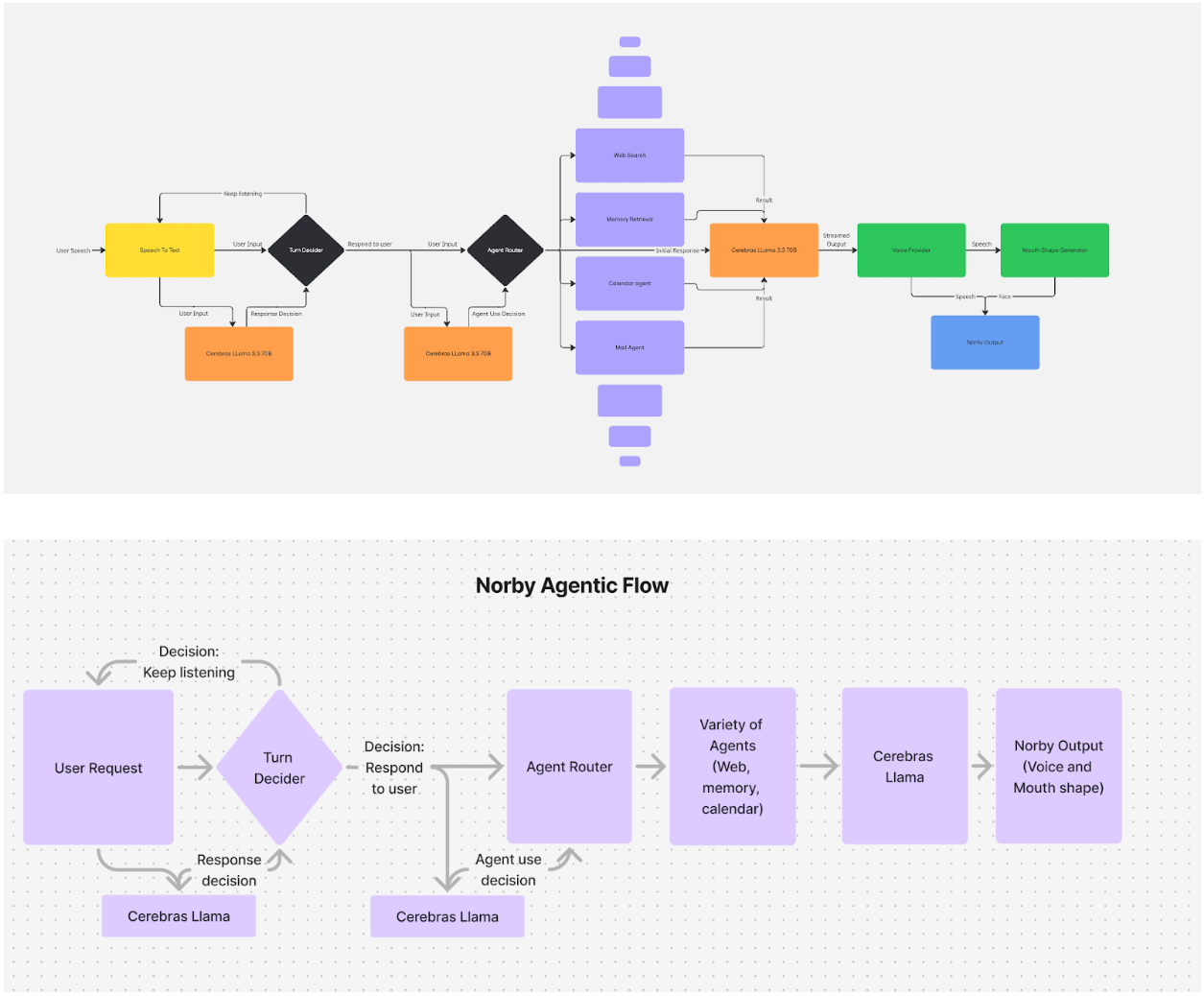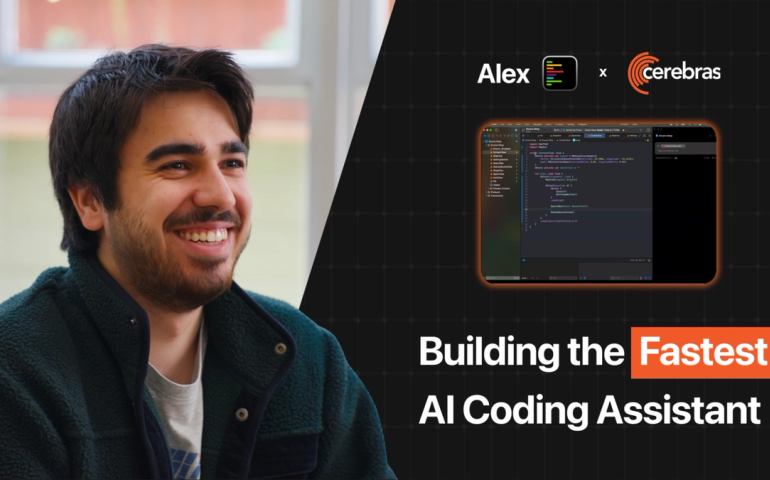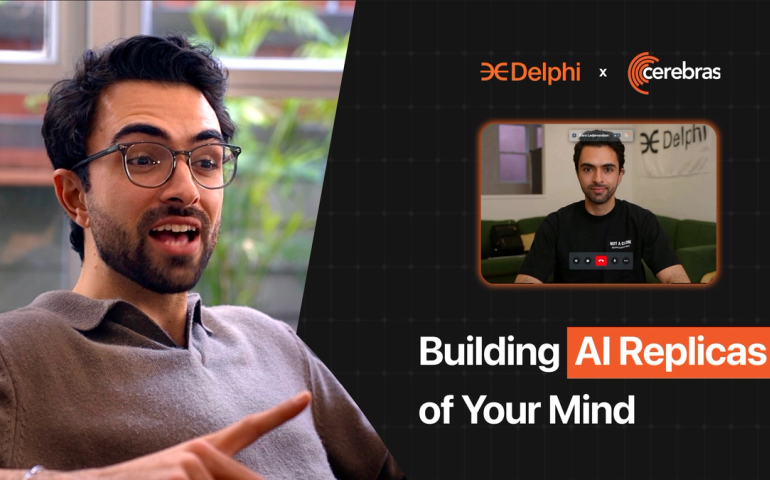The devices meant to simplify our lives have become sources of constant interruption, pulling us away from focused work and meaningful engagement with the world around us. Norby is pioneering a new means of human-computer interaction through voice, creating an AI companion that feels more like talking to a person than using technology.
Beyond Traditional Voice Assistants
Unlike conventional voice assistants that simply respond to commands, Norby creates a conversational experience that adapts to the user's personality and needs.
What sets Norby apart from existing assistants is its ability to keep users in a focused, productive flow-state while adapting to their personality, interests, and goals. Its functions range from learning a second language, brainstorming a new idea, to even practicing speech therapy.
This focus on natural conversation and personalization transforms how users interact with technology, creating a more intuitive and less disruptive digital experience.
The Cerebras Advantage: Conversations Without Compromise
Creating truly natural voice interactions requires technology capable of processing language with minimal latency. Like many other products that rely on fluid communication, this is where Cerebras changes the playing field.
The technical implementation is complex, requiring multiple systems to work in parallel. Other than basic speech recognition, LLM inference, and text-to-speech, there are also more gears turning under the hood. Switching between languages, connecting third-party tools, and storing conversation summaries in long-term memory are all factors that need to be considered. Prior to adopting Cerebras, Norby faced significant challenges in balancing functionality with speed, as traditional GPU-based systems limited both. With Cerebras, however, Norby’s conversational response latency has been able to decrease by a significant 87%.
Operational throughput and efficiency are also improved by leveraging Cerebras’s inference speed to run numerous toolchain interactions simultaneously, compared to traditional chatbots' single-step inference. Furthermore, Norby also uses Cerebras' high token processing rates to perform incremental and parallelized reasoning processes during conversational pauses. This presents the ability to dynamically integrate reasoning throughout Norby’s conversational flow. This sits in stark contrast to conventional reasoning models that must complete logical cycles before initiating responses.
A New Era of Voice Interaction
Cerebras’ open-source models have also empowered Norby to deploy features that rapidly and accurately determine conversational cues. This advanced turn detection capability allows Norby to analyze user speech inputs, infer user intentions, and make informed decisions regarding conversational actions, such as waiting, pausing, or responding. All done in approximately 300 milliseconds, Norby maintains natural conversational rhythms with the help of Cerebras' reasoning tasks.
As artificial intelligence continues to evolve, Norby represents a significant step toward more natural and intuitive ways of interacting with technology. With Cerebras powering its conversational capabilities, Norby is redefining what's possible in voice-based AI companions—creating technology that feels less like a tool and more like a thoughtful assistant that understands and adapts to its users.



